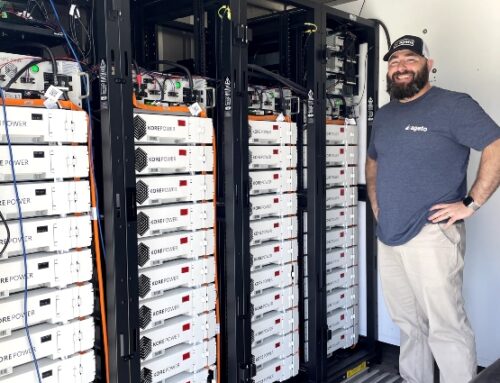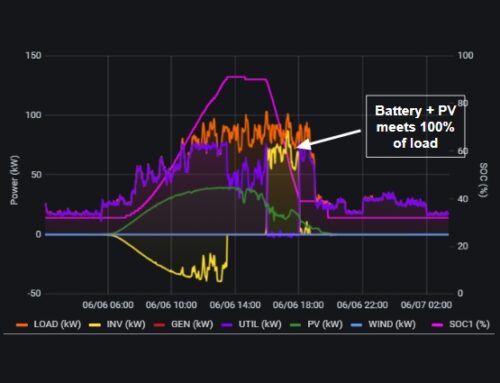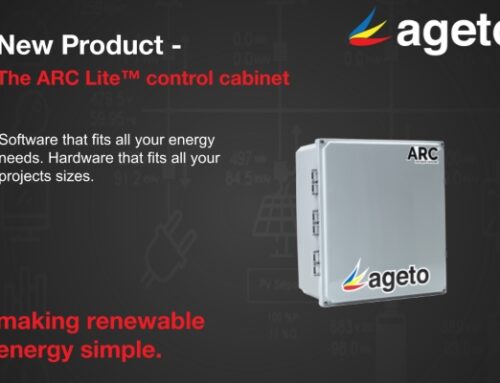Today, people feel constant pressure to be experts in every topic without having time to research. Because of this, conversations can feel overwhelming, especially when talking about things that seem complex – like microgrids. Anyone can learn something new if they are given the right resources and the right amount of time; but sometimes the hardest part is knowing what to ask. So, let’s take the time to fully understand microgrids by asking the right questions:
What is a microgrid?
Many are familiar with receiving a utility bill every month. This is because their residence or facility is connected to a large electric grid (usually shortened to “grid”) that receives its electricity from power plants. As the name implies, a microgrid is simply a micro-grid; it can be thought of as a smaller grid that can connect or disconnect from the grid. But if the grid gets its electricity from power plants, then where does a microgrid get its power from?
What is a microgrid made of?
A microgrid consists of various distributed energy resources that are local to the site – the power has to come from somewhere, right? Most commonly, microgrids consist of solar arrays, battery storage, generators, and wind turbines. They may use all of these resources or only some. Since the industry is fairly new, “microgrid” is still a catch-all term, but the defining feature is its ability to “island,” or connect/disconnect from the grid and sustain itself. Something that is not typically clarified is that microgrids are not neatly wrapped in a big bow; the solar company, battery storage company, generator controls company and so on, are all separate entities that must come together to make the microgrid. As a result, the resources need a supervisory device to follow, aka a microgrid controller. That’s where the Ageto ARC Microgrid Controller comes in!
What is a microgrid and why are they important?
There are several reasons why the microgrid industry is growing:
- Increased adoption of renewable energy
- Resiliency/preparation for outages
- Reduced emissions
- Utility bill savings through demand charge management and time-of-use shifting
- Solar export back to the grid
Projects internationally benefit from ARC’s features. Grid-tied or off-grid, microgrids encourage renewable energy usage and push climate goals. Many states in the U.S. also have incentives which help pay back for the system, increasing a microgrid’s worth. Overall, incorporating a microgrid can be a win-win scenario for the planet and the consumer.
There will never be a shortage of complex topics within the energy industry, but they don’t all have to be. That’s why Ageto’s goal is to make renewable energy simple.



